|
 Hymenoscyphus quintiniae Hymenoscyphus quintiniae
SynonymsHelotium quintiniae
BiostatusPresent in region - Indigenous. Endemic
Images (click to enlarge)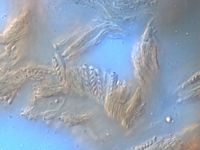
Caption: Asci and ascospores
Owner: Herb PDD | 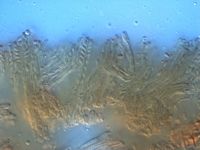
Caption: Asci and ascospores
Owner: Herb PDD | 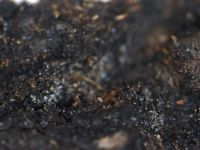
Caption: Apothecia (dry)
Owner: Herb PDD | 
Caption: Apothecia (dry)
Owner: Herb PDD | 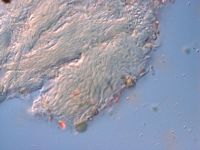
Caption: Gelatinous excipulum (Squash)
Owner: Herb PDD | 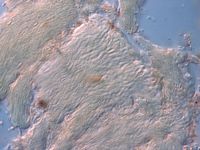
Caption: Gelatinous excipulum (Squash)
Owner: Herb PDD | 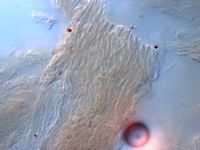
Caption: Gelatinous excipulum (Squash)
Owner: Herb PDD | 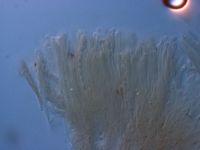
Caption: Asci, ascospores, and paraphyses
Owner: Herb PDD | 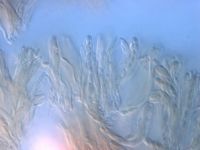
Caption: Asci, ascospores, and paraphyses
Owner: Herb PDD | 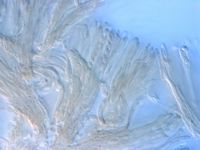
Caption: Asci, ascospores, and paraphyses
Owner: Herb PDD | 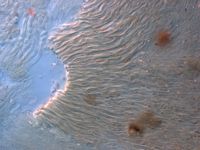
Caption: Excipulum (Squash)
Owner: Herb PDD | 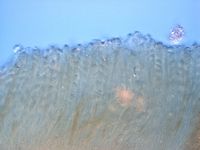
Caption: Asci, ascospores and paraphyses, hymenium embedded in gel
Owner: Herb PDD | 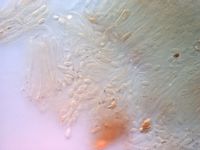
Caption: Ascospores
Owner: Herb PDD | 
Caption: FIG. 24 Helotium quintiniae. Habit sketch x 10, details x 660. | 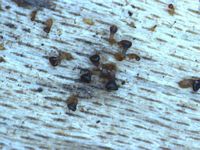
Caption: Dry specimen. Discs about 0.4 mm diam.
Owner: Herb PDD | 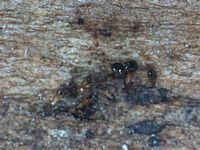
Caption: Apothecia about 0.3-0.4 mm diam., erumpent in groups through bark.
Owner: Herb PDD | 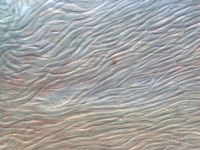
Caption: Excipulum (squash)
Owner: Herb PDD |
Article: Dennis, R.W.G. (1961). Some inoperculate Discomycetes from New Zealand. Kew Bulletin 15(2): 293-320.
Notes: The densely clustered apothecia suggest the presence of some kind of stroma within the bark
but I can detect neither sclerotium nor black line in sections cut through the bark beneath the
clusters. I am, therefore, constrained to refer the species to Helotiun instead of to some genus
of the Sclerotiniaceae as its appearance would at first sight suggest. Pseudohelotiurn
microcenangium Penz. & Sacc. looks rather similar but with shorter stipe and apparently a
different structure, 'contextu excipuli parenchymatico flavicante'.
Article: Dennis, R.W.G. (1964). Remarks on the genus Hymenoscyphus S.F. Gray, with observations on sundry species referred by Saccardo and others to the genera Helotium, Pezizella or Phialea. Persoonia 3(1): 29-80.
Description: Spores 5 x 2 µ.
Notes: SERIES 6. Cupreum. Stipitate tropical or South temperate species on woody substrata, with
excipulum of parallel hyphae, asci mostly I+ and small rod-like spores
|